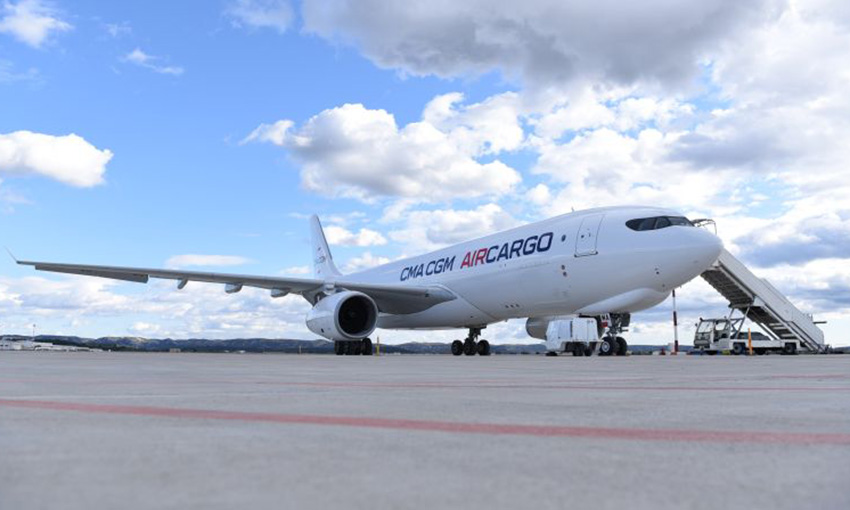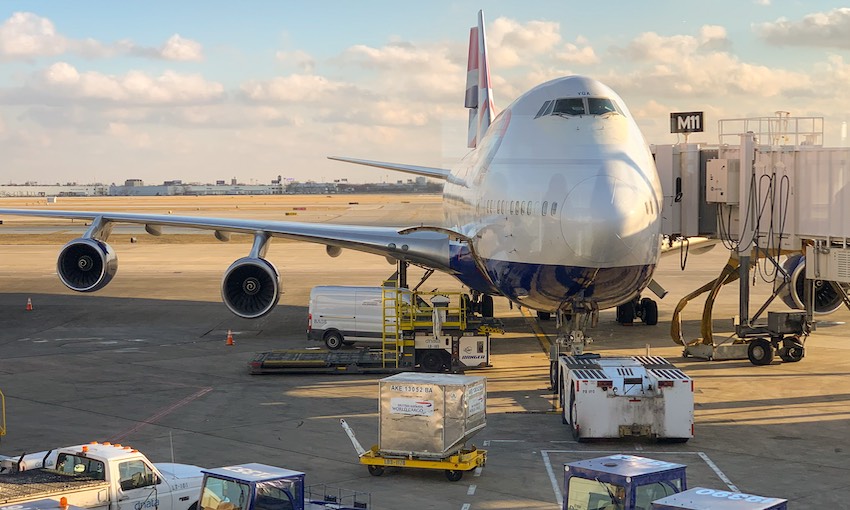GLOBAL air-cargo demand increased in January, but nowhere near as steeply as it had been in late 2021, according to recent air-cargo market data from the International Air Transport Association.
Global demand, measured in cargo tonne-kilometres (CTKs), was up 2.7% compared with January 2021 (3.2% for international operations). This was significantly lower than the 9.3% growth seen in December 2021 (1% for international operations).
Capacity was 11.4% above January 2021 (10.8% for international operations). While this is in positive territory, compared to pre-COVID-19 levels, capacity remains constrained, 8.9% below January 2019 levels.
IATA director general Willie Walsh said demand growth of 2.7% in January was below expectation, following the 9.3% recorded in December.
“This likely reflects a shift towards the more normal growth rate of 4.9% expected for this year,” Mr Walsh said.
“Looking ahead, however, we can expect cargo markets to be impacted by the Russia-Ukraine conflict. Sanction-related shifts in manufacturing and economic activity, rising oil prices and geopolitical uncertainty are converging. Capacity is expected to come under greater pressure and rates are likely to rise. To what extent, however, it is still too early to predict.”
In commentary on its data, IATA said the Russian invasion of Ukraine would have a negative impact on air cargo.
“Airspace closures will stop direct connectivity to many markets connected to Russia. Overall, the impact on global markets is expected to be low as cargo carried to/from/within Russia accounted for just 0.6% of the global cargo carried by air in 2021,” IATA said.
“Several specialised cargo carriers are registered in Russia and Ukraine, particularly those involved with heavy lift operations.”
January regional performance
Asia-Pacific airlines saw their air cargo volumes increase 4.9% in January 2022 compared to the same month in 2021. This was significantly below the previous month’s 12.0% expansion. Available capacity in the region was up 11.4% compared to January 2021, however it remains heavily constrained compared to pre-COVID-19 levels, down 15.4% compared to 2019. The zero-COVID policy in mainland China and Hong Kong is impacting performance. Preparations for the Lunar New Year holiday may have also had an impact on volumes, but it is difficult to isolate.
North American carriers posted a 1.2% decrease in cargo volumes in January 2022 compared to January 2021. This was significantly below December’s performance (7.7%). Supply chain congestion due to labour shortages, severe winter weather and issues with the deployment of 5G as well as a rise in inflation and weaker economic conditions affected growth. Capacity was up 8.7% compared to January 2021.
European carriers saw a 7.0% increase in cargo volumes in January 2022 compared to the same month in 2021. While this was slower than the previous month (10.6%), Europe was more resilient than most other regions. European carriers benefited from robust economic activity and an easing in capacity. Capacity was up 18.8% in January 2022 compared to January 2021, and down 8.1% compared to pre-crisis levels (2019).
Middle Eastern carriers experienced a 4.6% decrease in cargo volumes in January 2022. This was the weakest performance of all regions and a drop in performance compared to the previous month (2.2%). This was due to a deterioration in traffic on several key routes such as Middle East-Asia, and Middle East-North America. Capacity was up 6.2% compared to January 2021 but remains constrained compared to pre-COVID-19 levels, down 11.8% compared to the same month in 2019.
Latin American carriers reported an increase of 11.9% in cargo volumes in January 2022 compared to the 2021 period. This was a decline from the previous month’s performance (19.4%). Capacity in January was down 12.9% compared to the same month in 2021 and remains well below compared to pre-COVID-19 levels, down 28.9% versus 2019.
African airlines’ saw cargo volumes increase by 12.4% in January 2022 compared to January 2021. The region was the strongest performer. Capacity was 13.0% above January 2021 levels.





